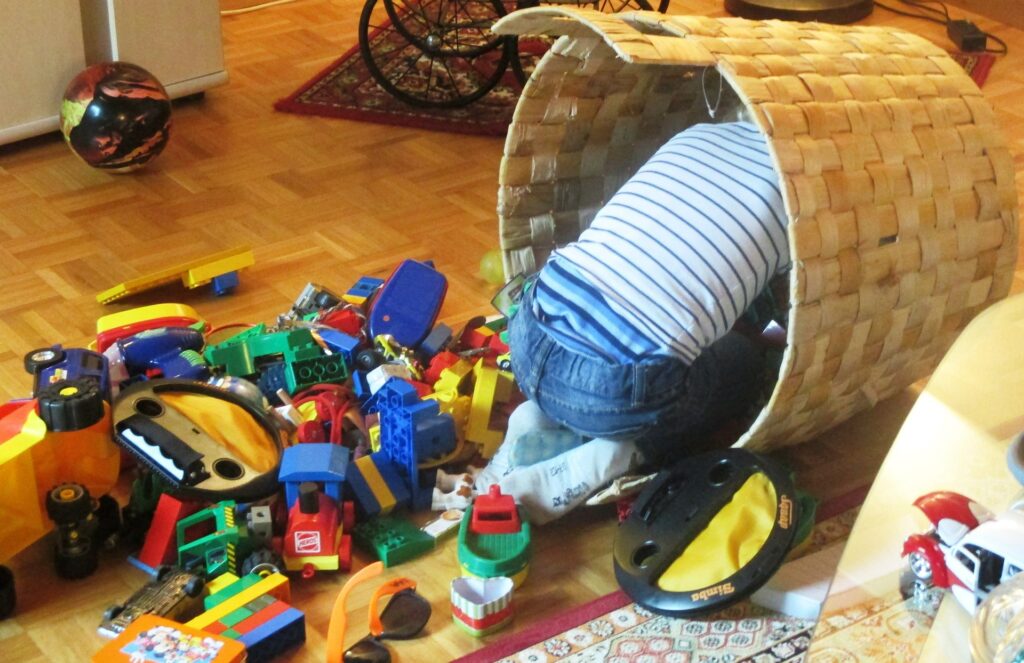
Bridging the Gap: Connecting Children’s Preferences with Parental Priorities in Play
In a journey spanning the last two decades, we’ve had the privilege of engaging with an abundance of kids across all ages and backgrounds. During this time, we’ve observed a real shift in play patterns against a backdrop of increasing debate about the potential negative impact of social media on children’s mental health.
At its core, we’ve found that play emerges as a fundamental force in childhood development. It thrives on self-direction, creating a rich ground for imagination to flourish. Whilst we’ve seen that some rules are often in place, play allows kids to explore many different paths of discovery. It’s been such a pleasure to observe that play is synonymous with joy, encompassing diverse forms such as fantasy, expressive, and motor play, ensuring an inclusive canvas for every child’s enjoyment.
What would a world without play look like?
Undoubtedly, we think it would be a sad place, devoid of the emotional, social, and physical nourishment vital for children’s development and well-being.
In the ever-evolving landscape of play, notable shifts are underway. We’ve found free play on the decline, eclipsed by increasing safety concerns and a proliferation of structured activities by parents. The encroachment of digital and lifestyle factors further reshapes the play sphere, leaving limited time for unstructured exploration. Yet, amidst this transformation, we’ve witnessed a longing for familial bonds and communal engagement persists, underscoring the need for human connection.
Across varied markets, we’ve seen nuanced differences in children’s play habits emerge. For example, Southern European children, commencing formal education later, have increased opportunity for uninhibited play.
How do kids like to play?
First and foremost, we’ve seen children gravitate towards digital devices that offer interactive engagement. Beyond this, toys that offer tangible accomplishments are most appealing. Parents’ preferences tend to skew towards non-digital offerings, seeking simplicity amidst the chaos of modern life. A resurgence in traditional board games has marked a return to familial togetherness, spurred on by the pandemic’s embrace of shared activities.
Yet, amidst this dichotomy we see a conundrum for toy manufacturers: navigating the delicate balance between children’s desires for digital experiences and parents’ yearning for non-screen engagement. As innovation stutters, the industry needs to deal with different expectations, focusing on making kids happy while addressing parental concerns.
This is where we at RED C can step in, offering invaluable guidance to brands, franchises, and toy manufacturers in aligning content and toys with the nuanced needs of both children and parents.
About RED C Research
The RED C team delivers boutique-level service, going above and beyond to ensure client satisfaction. We prioritise action and implementation, working in close partnership with our clients to deliver results that are designed for engagement and longevity. We are qualitative and quantitative specialists, offering comprehensive research solutions tailored to meet the unique challenges of our clients.
If you want to learn more about RED C and how we can help you initiate growth strategies, please contact [email protected]